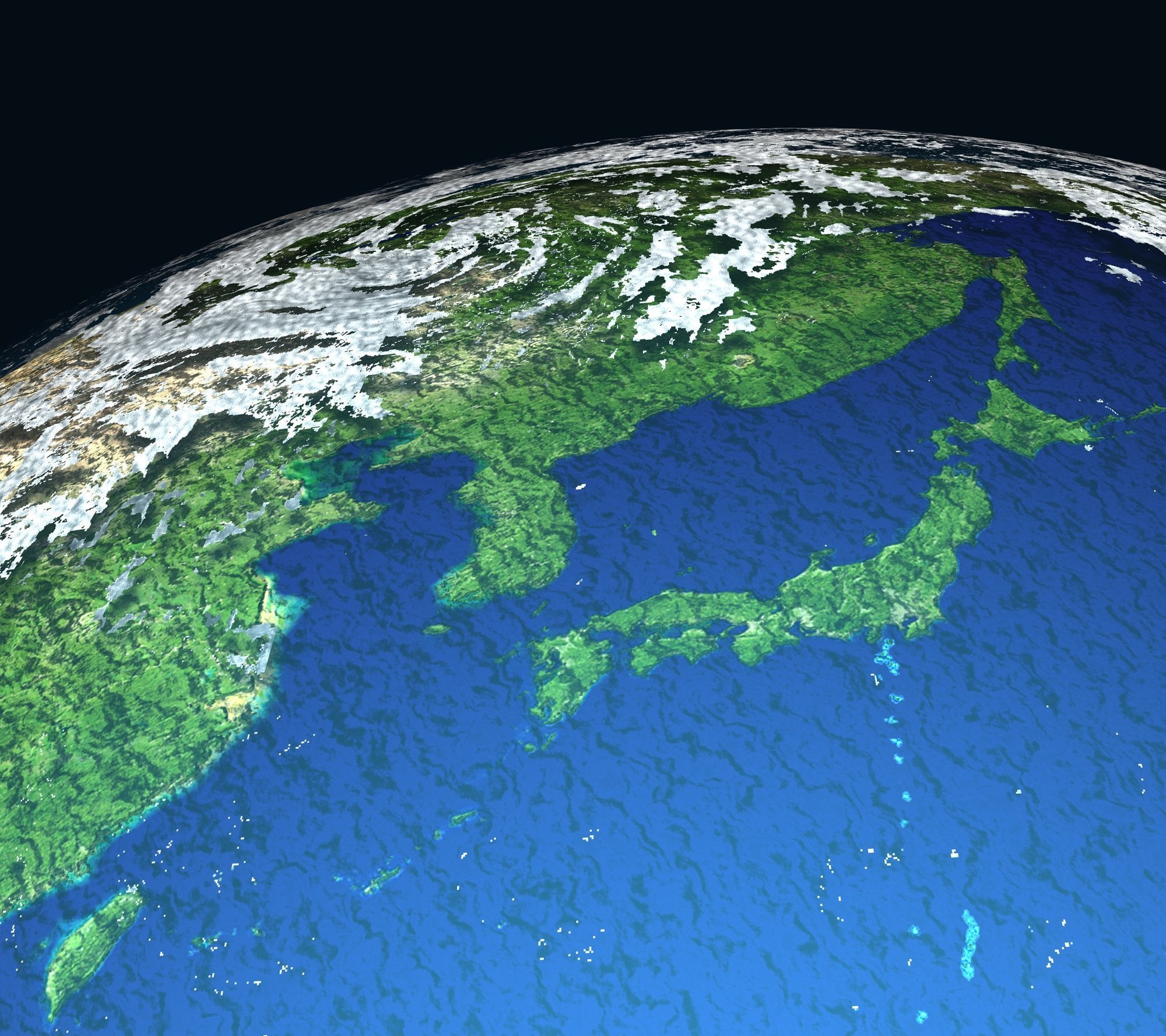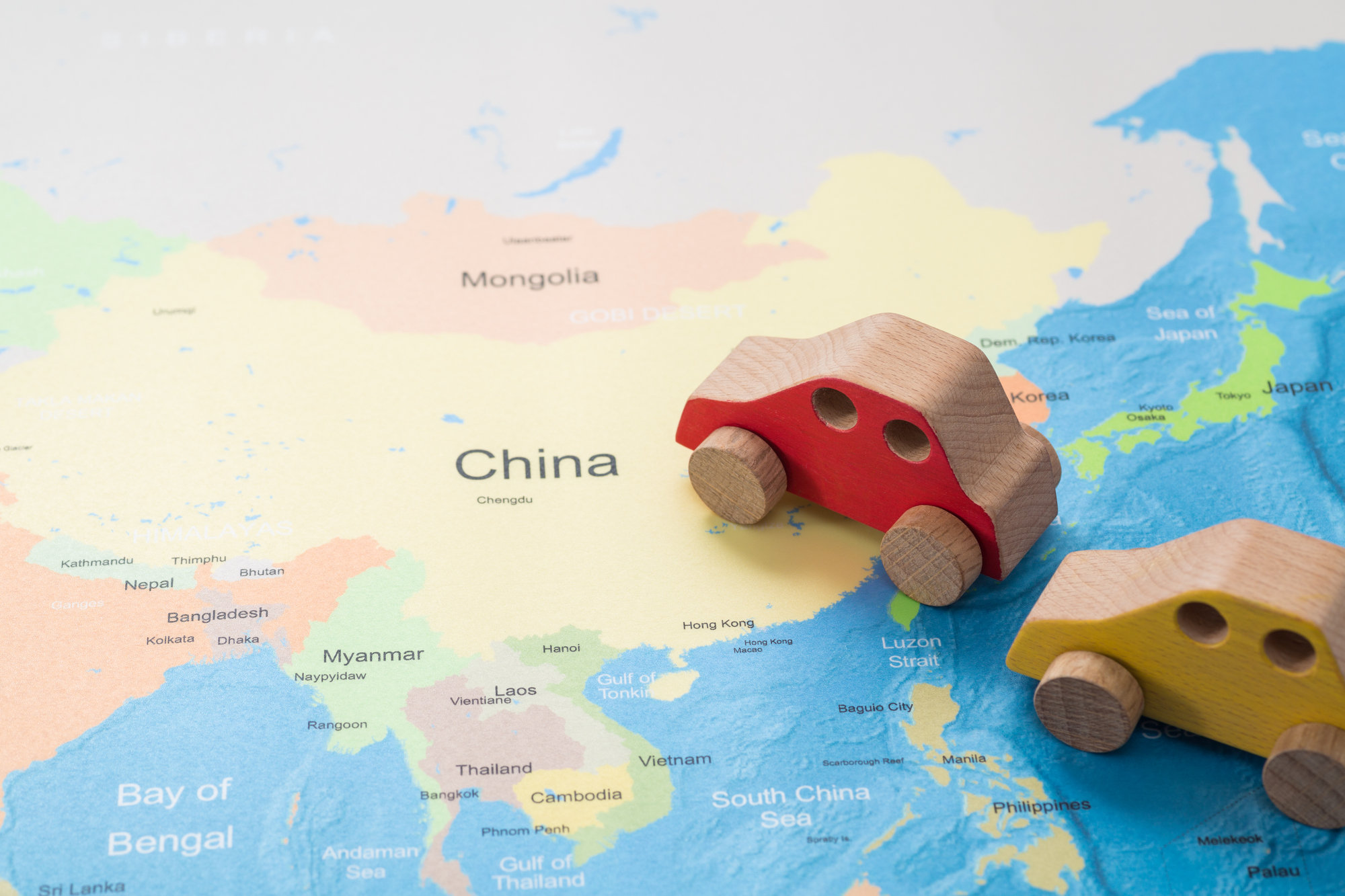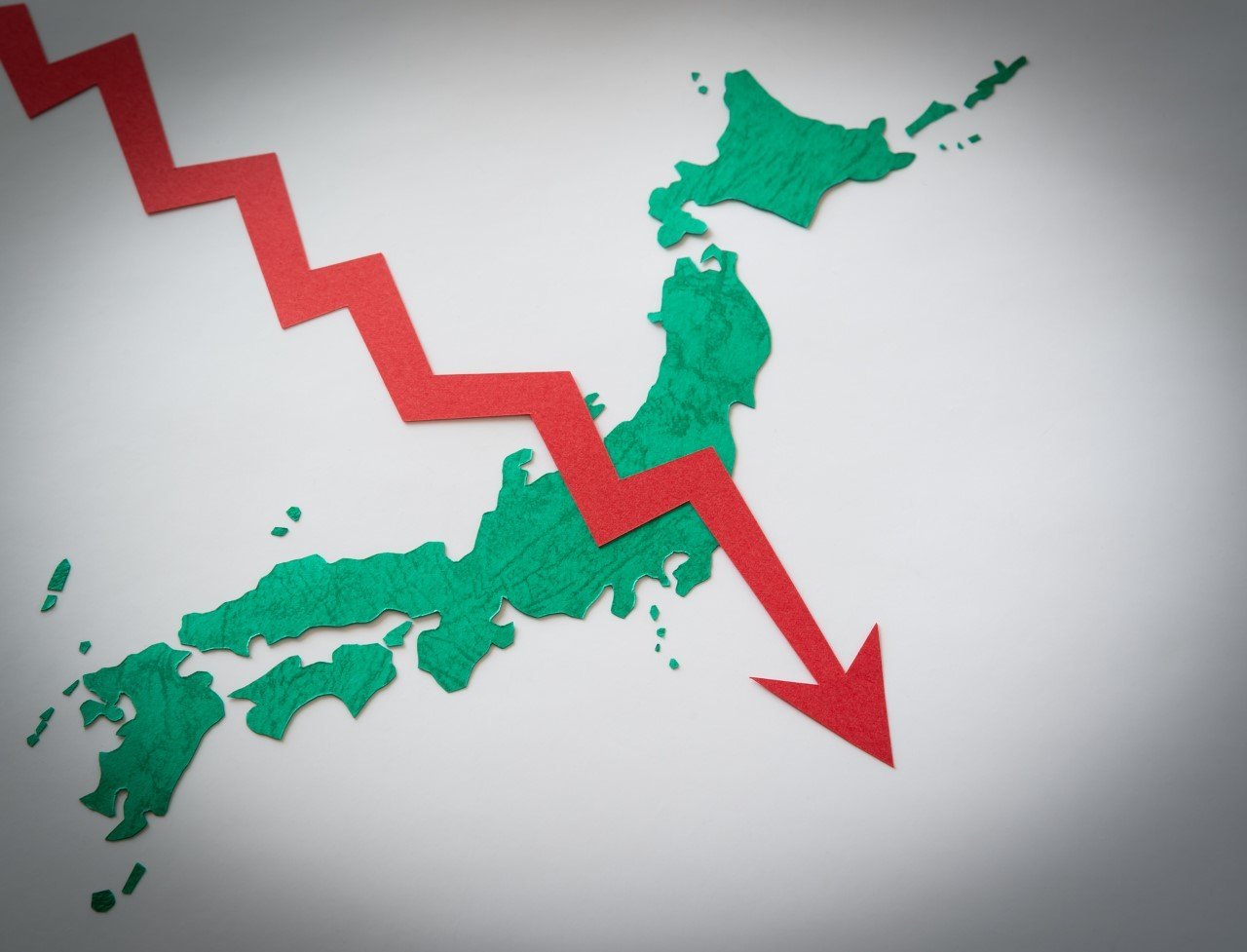2010/11/05
No. 104: Susumu Yamakage, "ARF: Move Forward "Not Too Slow""
Yokohama will soon receive the leaders of some 20 economies for the annual meeting of the Asia-Pacific Economic Cooperation (APEC). Established as a forum to promote free trade and economic cooperation in the Asia-Pacific region, however, APEC is no longer just an economic institution. Since at least the events of September 11, 2001, its Leaders Meetings have been discussing political and security issues. APEC has failed to lead economic integration in the region, and a network of free trade agreements (FTA) has been extended outside its institutional framework. Despite various preparatory meetings, an FTA of the Asia-Pacific (FTAAP) is unlikely to be launched at the Yokohama meeting.
In its inception 21 years ago, APEC was compelled to adopt the so-called ASEAN Way in order to persuade some reluctant members of the Association of Southeast Asian Nations (ASEAN) to join. The ASEAN Way has remained the operational code since then. Precisely because of this fact, APEC has been criticized for its slow decision-making due to lengthy consensus-based consultations and ineffective voluntary commitments without binding clauses. A loosely structured institution is not suited to conduct FTA negotiations.
Although the ASEAN Way is being questioned even within ASEAN, which is moving toward the creation of an ASEAN Community, it still remains the golden rule for some ASEAN-centered institutions. The ASEAN Regional Forum (ARF), the only governmental institution to deal with security issues in the Asia-Pacific region, is a typical one. Its original participants included not only such like-minded countries as Japan and the United States but also China and Russia, and even North Korea joined some years later. Although it is primarily a roundtable for dialogue, there is no substitute or alternative where foreign ministers can discuss regional security.
In 1995, when the forum was a year old, ASEAN issued a concept paper explicating the three stages of ARF development: confidence-building measures (CBM), preventive diplomacy (PD) and approaches toward conflict resolution. CBM and PD were familiar concepts for the security/defense community, with CBM being the core of the 1975 Helsinki Accords and PD being actively debated at the United Nations in the early 1990s. Having been defined much more loosely and elusively in the context of the ARF, these stages appeared easy to achieve. Nonetheless, it is commonly understood that the ARF is still at the lowest stage. This slow development, if not stagnation, is attributable to the ASEAN Way. In accordance with the ASEAN Way, the ARF is to develop at "a pace comfortable to all participants." As easily inferred, such a pace is comfortable only to the most reluctant or passive participant and uncomfortably slow to the rest.
Last year, the ARF issued the ARF Vision Statement, followed by the adoption of the Hanoi Plan of Action to Implement the ARF Vision Statement this year. These documents depicting the future development of the ARF toward the year 2020 clearly emphasized regional cooperation in which participating countries can comfortably engage. The areas of cooperation included counter-terrorism, transnational crimes, maritime security, non-proliferation and disarmament, which had already been discussed or implemented. Despite lengthy descriptions, however, only a brief reference was made to CBM, and PD was almost entirely neglected. Not surprisingly, the ASEAN Way remains intact.
At the ARF meeting held in Hanoi this past July, heated discussions reportedly took place on the sinking of the Korean naval ship Cheon-an, and on disputes in the South China Sea, especially those concerning China’s naval activities. It had been expected that the forum would address these issues and constrain conflicts or tensions between the disputing participants to a tolerable level through CBM or PD in the ASEAN Way. This was all the more so given that the leaders of ASEAN and China had signed the Declaration on the Conduct of Parties in the South China Sea in 2002. The Hanoi meeting indeed provided opportunities for participating countries to raise their security concerns, but the ARF failed to make any constructive contributions of its own.
There is a certain ambivalence with respect to the performance of the ARF. On the one hand, the ASEAN Way serves as a safeguard against the imposition of any unacceptable or unbearable obligations on participants. On the other hand, the forum cannot serve as much more than a talking-shop when some of the participants intend to use it to influence other participants. There is no serious risk or precious reward for non-ASEAN countries participating in the forum. In essence, the ARF was, and is, an institution for the weaker and smaller nations of ASEAN to involve, and hopefully tame, powers outside the region in order to improve the security environment in Southeast Asia.
Despite all this, the future of regional institutions for peace and security is not necessarily gloomy. First of all, ASEAN is changing, even if slowly, under the ASEAN Charter, which came into effect in 2008. By 2015, ASEAN is expected to create the ASEAN Political-Security Community, which may become an impetus to further substantiate the ARF. ASEAN's efforts to pursue its community-building should be encouraged by all means.
Secondly, the Treaty of Amity and Cooperation (TAC) in Southeast Asia may be transformed into a TAC in the Asia-Pacific region. While the original objective of the TAC was to enhance mutual trust and strengthen security among nations in Southeast Asia, the treaty now serves as a symbol of commitment by non-ASEAN countries to establishing close relationships with ASEAN. Non-ASEAN signatories include the "Plus Six" countries (Australia, China, India, Korea, Japan and New Zealand) as well as the United States, Canada, and Russia. However, the TAC applies only to disputes in Southeast Asia. It does not cover conflict between Japan and China for instance, although both countries are members of the TAC regime. A TAC that applies to mutual relationships between all the signatories is needed. A TAC of the Asia-Pacific will serve this purpose.
Thirdly, an unprecedented meeting of ASEAN Plus defense ministers (ADMM-Plus) was held recently in Hanoi, where the "Plus" members numbered eight, namely the "Plus Six," the United States and Russia. This may be institutionalized so as hopefully to complement the ARF attended by foreign ministers.
"Make haste slow" used to be the motto of ASEAN. Now, efficient and effective evolution is the key to a people-oriented ASEAN adapting itself to globalization. Wisdom is badly needed for the ARF to move forward "not too slow," as pointed out in the above-mentioned concept paper. The transformation of the TAC and the institutionalization of ADMM-Plus would improve the security environment in the Asia-Pacific region. It is true that peace and stability depend on power balancing. With regard to institutions for regional security, the Asia-Pacific region will remain dependent on the ASEAN framework for the time being, however weak it may be.
Susumu Yamakage is Dean of the Graduate School of Arts and Sciences at the University of Tokyo, Komaba. He received his Ph. D. from MIT. His areas of specialty are international relations theory, comparative regional systems, and international relations in Southeast Asia and the Asia-Pacific region. His website can be accessed at
The views expressed in this piece are the author's own and should not be attributed to The Association of Japanese Institutes of Strategic Studies.









